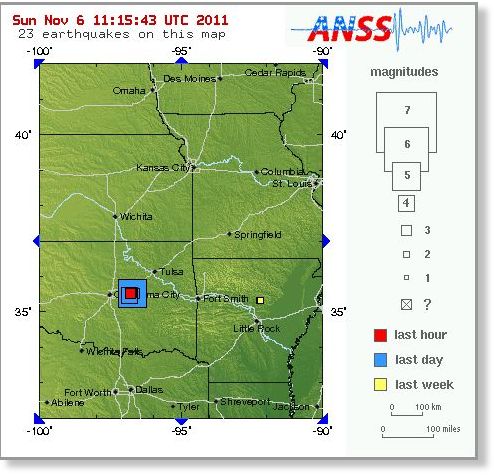OF THE
TIMES
I've had enough of someone else's propaganda. I'm for truth, no matter who tells it. I'm for justice, no matter who it's for or against. I'm a human being first and foremost, and as such I am for whoever and whatever benefits humanity as a whole.
A tempest in a teapot. Who cares ? But hey, it's the NYP ...
Surely nanny states are not the way. But hey, here we are: Name a country that does not have this in some form or another.
'They Are The Dark; We Are the Light' The more we know, the closer we are to the end of tyranny by ELIZABETH NICKSON APR 28, 2024 [Link] . "This...
Both should be fired, but Jean-Pierre definitely. She is arrogant , ill-informed , and rude to reporters.
"Look him in the Eyes.....Nonsense. . how do I read that ? I read it as it written, as if it said, "look him in the eyes and tell him you really...
To submit an article for publication, see our Submission Guidelines
Reader comments do not necessarily reflect the views of the volunteers, editors, and directors of SOTT.net or the Quantum Future Group.
Some icons on this site were created by: Afterglow, Aha-Soft, AntialiasFactory, artdesigner.lv, Artura, DailyOverview, Everaldo, GraphicsFuel, IconFactory, Iconka, IconShock, Icons-Land, i-love-icons, KDE-look.org, Klukeart, mugenb16, Map Icons Collection, PetshopBoxStudio, VisualPharm, wbeiruti, WebIconset
Powered by PikaJS 🐁 and In·Site
Original content © 2002-2024 by Sott.net/Signs of the Times. See: FAIR USE NOTICE

Oh well,rest easy Oklahoma,the scientist has spoken.They know everything you know,its eh,umm,"peer reviewed"..
"Nothing going here,is X factor on,had your daily dose of Fluoride,Sshhhh don't mention fracking",